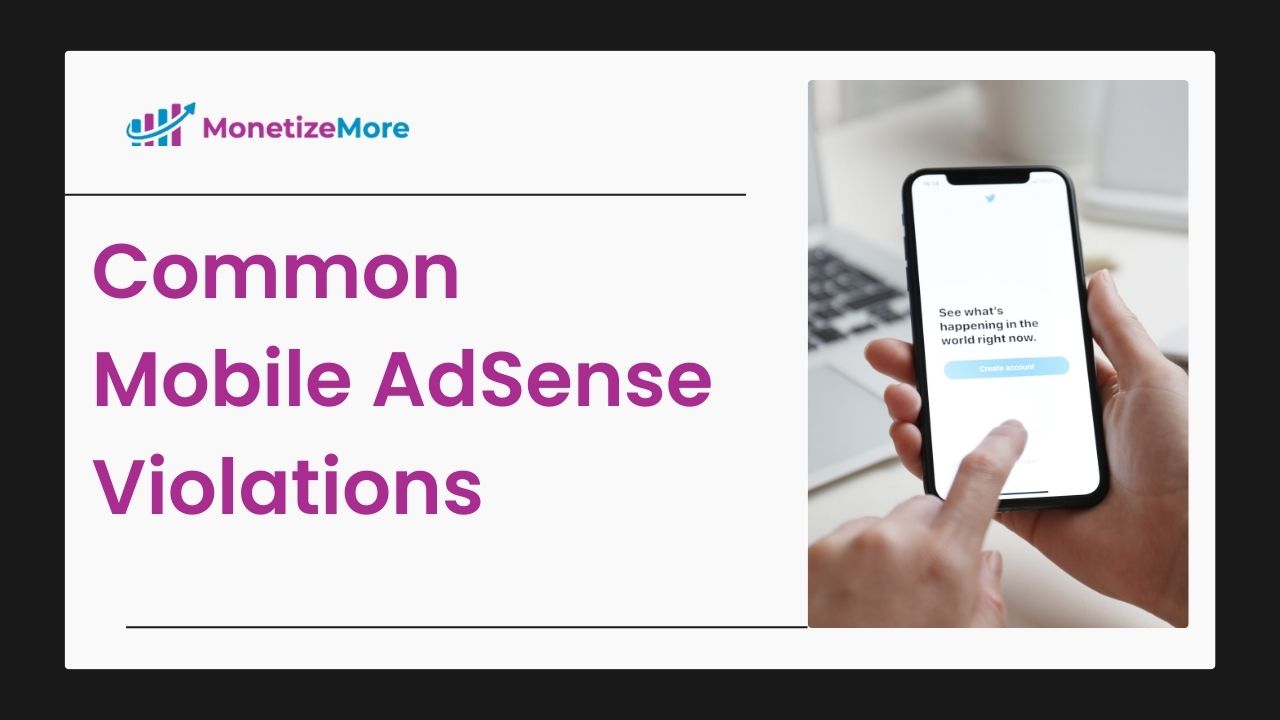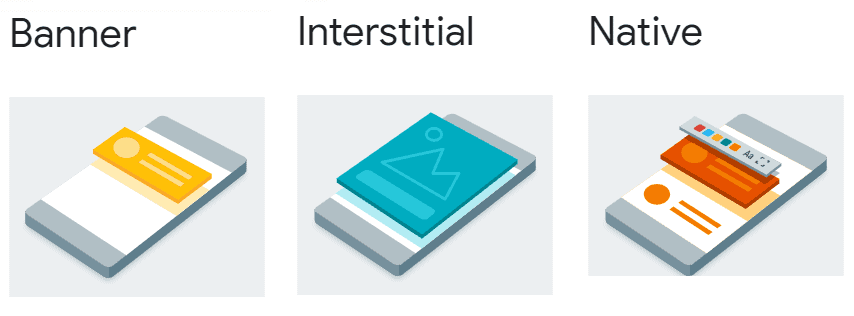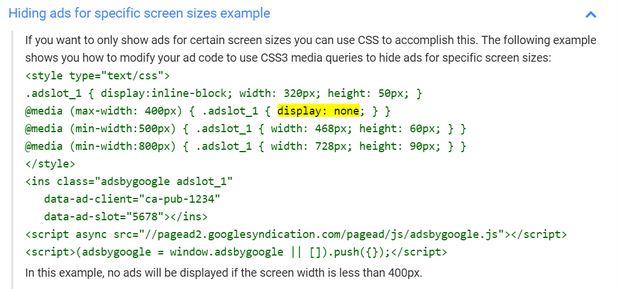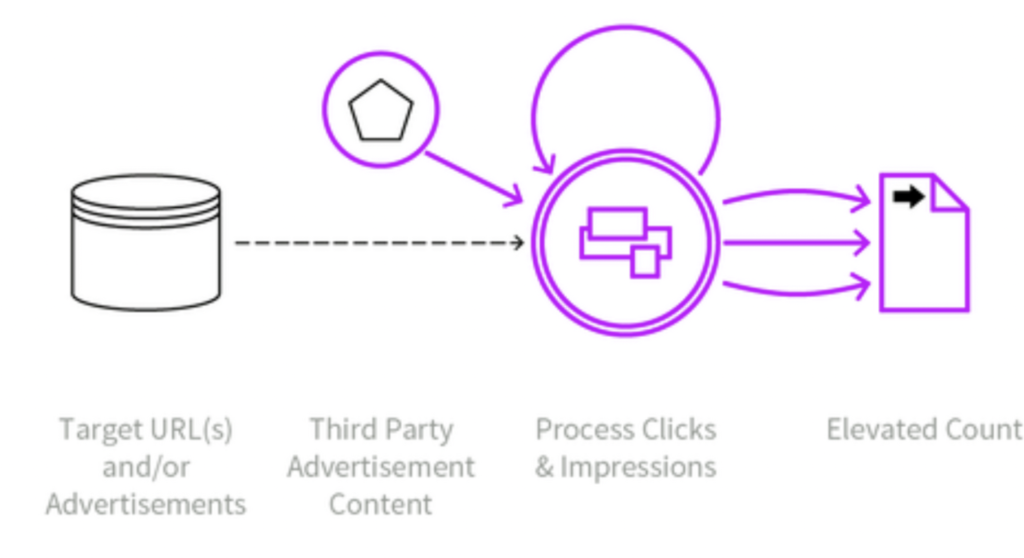
In August 2024, Google implemented significant changes to AdSense for Apps policies, particularly emphasizing mobile optimization and user experience. These updates reflect Google’s commitment to enhancing mobile optimization and user experience within its AdSense framework, encouraging publishers to create more engaging and less intrusive advertising environments. The key updates include:
Google replaced the previous “Ads on dynamic content” policy with a new policy that prohibits ads on screens where the primary focus is private communication. This includes direct messages, live chats, video chats, and private chatrooms. This change aims to clarify the types of content where ads cannot be displayed, enhancing user experience by preventing distractions during personal communications.
The new policies highlight the importance of user experience in mobile app design. Publishers are encouraged to ensure that ads do not interfere with content accessibility or navigation. Ads should be clearly distinguishable from app content to avoid misleading users and to maintain a seamless experience.
The updates are part of Google’s ongoing efforts to improve policy readability and transparency for publishers. By providing clearer guidelines, Google aims to help publishers better understand compliance requirements and the rationale behind the policies, fostering a more user-friendly environment for both publishers and users.
The changes also align with broader privacy regulations, such as the EU User Consent Policy, which now includes Swiss users. Publishers must obtain consent for the use of cookies and personal data for ad personalization, ensuring compliance with international privacy standards while optimizing user experience.

Reference: https://support.google.com/adsense/answer/6160631
Google says: The total number of ads you can show on a web page viewed on a desktop and a high-end mobile device has no difference. There are, however, additional restrictions for how many ads can be shown on a single screen page for high-end mobile optimized sites that you should be mindful of.
On a mobile web page, the number of ads on a single screen should not exceed one if the ad is fixed to the screen top or screen bottom.
Reference: https://support.google.com/admob/answer/2753860?hl=en
There are cases wherein you may not want an ad to show, particularly on smaller mobile devices. It is possible to hide an ad unit by setting a parameter in CSS media queries to hide ads for specific screen sizes.
Please see the example below on how to modify the ad code using CSS3 media queries to hide ads for a specific screen size:

Google says: To improve the user experience, publishers are allowed to hide responsive ad units for particular mobile screen sizes. However, proper implementation should be ensured to prevent unnecessary ad requests, so it is imperative that instructions should be followed accordingly. Note that improper implementation may result in lower performance and violates our policies. Only limited modifications to the ad code is allowed by the Adsense program policies.
Reference: https://support.google.com/adsense/answer/3543893#hide
Policy: Publishers should avoid implementations in which the ads push content below the fold. These layouts make it hard for users to distinguish between content and ads.
Reference: https://goo.gl/bi26kk
Google says: Placing a 300×250 ad on the first part of the mobile page would be considered a policy violation. This placement allows the site content to be pushed below the fold as it takes too much space on a mobile view, thus provides a poor user experience. We aim that users will always go back to your site and continue to visit. You may want to consider implementing a 320×100 instead to keep the main content of your site above the fold.
One of the most fundamental violations is clicking on your own ads, including attempts to generate clicks through misleading means. This practice is strictly prohibited and can lead to account suspension.
This includes any attempts to generate clicks through deceptive means, such as using automated tools or encouraging others to click on your ads. If you accidentally click on your own ad, it’s recommended to report it to Google through the appropriate channels. However, repeated accidental clicks can raise suspicions and potentially lead to actions against your account.
Displaying ads in a way that misleads users, such as using deceptive layouts or disguising ads as content, is a violation. Apps must ensure ads are clearly distinguishable from regular content.
To maintain compliance, app publishers should adhere to the latest AdSense policies, focus on user experience, and implement ads thoughtfully to avoid common violations that can impact revenue and user trust.
To avoid mobile AdSense violations, app developers should implement the following best practices based on the latest guidelines and common issues identified in 2024:
Limit Ad Units: Ensure that the total number of ad units on a mobile page does not exceed the limits set by AdSense. Typically, this includes no more than three AdSense For Content (AFC) ad units, three link units, and two search boxes per page.
Avoid Ads Above the Fold: Do not place large ads (e.g., 300×250) at the top of the mobile screen, as this can push the main content below the fold. Instead, consider using smaller ad sizes, such as 320×100, to maintain a good user experience.
If certain ads need to be hidden on smaller devices, use CSS media queries correctly to ensure compliance. Improper hiding can lead to unnecessary ad requests and potential policy violations.
Design your app to enhance user experience. Ads should not disrupt navigation or make it difficult for users to access content. Always think from the user’s perspective and ensure that ads are clearly distinguishable from regular content.

Never click on your own ads or encourage others to do so. This includes incentivizing clicks through rewards or asking friends and family to interact with the ads. Such actions are strictly prohibited and can lead to account suspension.
Traffic Cop for Apps is now available. Combat app ad fraud by getting started here!
Maintain a healthy balance between content and ads. Ensure that your app provides valuable content and that ads do not overwhelm the user experience. The content should always be more prominent than the ads.
Regularly test your app’s ad layout on various devices to ensure compliance with AdSense policies. Use tools like the Mobile-Friendly Test to evaluate how your ads perform across different screen sizes.
Keep yourself informed about the latest AdSense policies and updates. Google frequently revises its guidelines, so regularly reviewing these can help you avoid unintentional violations.
For smaller apps, consider using ad mediation platforms like MoPub or AdMob, which can help manage ads more effectively and reduce the risk of violations. These platforms can provide better control over ad placements and formats.
Monetizing your mobile site? Find out how you can earn more from your mobile ads without violating Adsense Policy by signing up for a Starter account at MonetizeMore today!

Kean Graham is the CEO and founder of MonetizeMore & a pioneer in the Adtech Industry. He is the resident expert in Ad Optimization, covering areas like Adsense Optimization,GAM Management, and third-party ad network partnerships. Kean believes in the supremacy of direct publisher deals and holistic optimization as keys to effective and consistent ad revenue increases.
10X your ad revenue with our award-winning solutions.